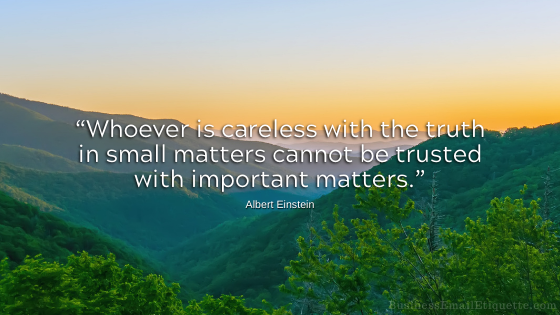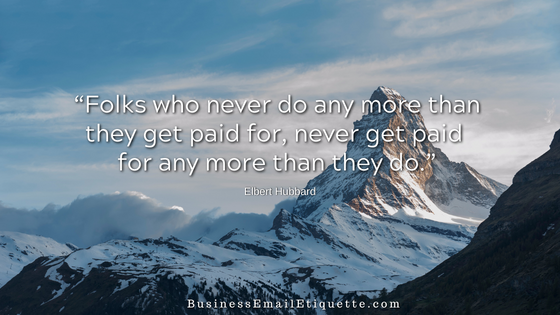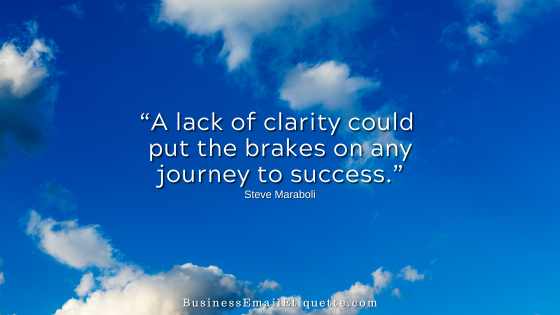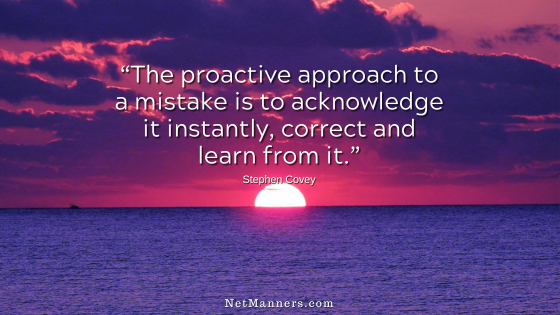Top 3 Email “Cold Calling” Mistakes

I write about what I see in my day-to-day communications. As I manage a handful of my websites and work with numerous clients via email, I see it all.
This week, I’d like to discuss the growing number of spammy business pitches in my inbox. Okay, not spam junk, but cold callers who don’t seem to understand the correct approach to make their sales pitch. Which makes them appear spammy. That’s what made me take notice.
When not done correctly, cold calling — whether online or offline — can deter potential customers from doing business with you, rather than attracting them. They may not know who you are, have never heard of you or your business, and may not be interested in what you have to offer.
However, you’ve lost their initial interest by not approaching them appropriately, even if there may have been a chance that they would be interested. The definition of cold calling is:
Email Cold Calling is No Different
Previously, I offered some tips on approaching cold calling by email. This time, I focus only on the three mistakes I regularly see from cold callers that leave a poor impression.
Let’s cover each one and why they made my list.
Not Doing Your Homework
For example, I would not contact websites to inquire about guest posting when the contact form states, “I do not accept guest posts nor do I entertain third-party articles,” as I do on all my websites. But the requests pour in on all of my websites with that type of statement.
What does this say about the inquirer who sends a request that the website states is not welcome? Then add to those requests that their article doesn’t even fit with the topic of my website.
Some contact me because they want a link from one of my articles to theirs on their website, as they think their article is the best. When I go to check it out, it’s not all that—usually, a glaringly obvious, sales-pitchy mess of no real value to the reader.
And don’t forget the “Hey, Team” or “Dear Sir” inquiries. Neither of which applies to me. Just a little extra effort, a click or two on my site would provide the info they need before making these requests. But, they don’t make that effort.
Do your homework, determine who to contact, and make a genuine effort to investigate whether your offer is something they would be interested in. Then detail why.
Being Annoyingly Automated
The email autoresponder series has its uses and can be an excellent tool for any website owner. But when they are overused, you can quickly become annoying. So, take a hint when you don’t receive a response to the first, second, fifth, or tenth “reminder follow-up.”
A lack of response is still a response, especially when the person you are contacting did not initiate contact with you to learn about what you have to offer. Most don’t respond to pitches they didn’t ask for.
Two to three follow-ups are enough in case the recipient is, in fact, too busy to respond to your unasked-for pitch. Sadly, too many people miscalculate potential interest, especially when they fail to detail the benefits that make the recipient want to take them up on their offer.
Trying Too Hard to Reflect Personality and Informality
I get that you want to stand out. But this is still about business. Business, by its very nature, is formal. That is, until a relationship is nurtured and grows to a point where all involved feel comfortable being less formal.
Using language or a style that smacks of trying to stand out, be cool, or be hip doesn’t work in most cases.
One last thing…
As I mentioned earlier, when cold-calling via email, it’s essential to focus on the benefits and value of your offer for the person you are contacting. Of course, we know you’re out for something too; business is a two-way street.
But featuring the contact’s benefit over yours keeps the focus where you need it to be and gives you the best chance for a reply. That is what you want, after all, right?

(If you have a topic you want me to opine about, let me know here.)
